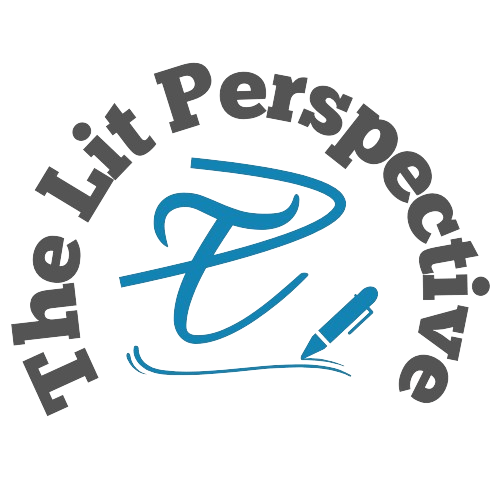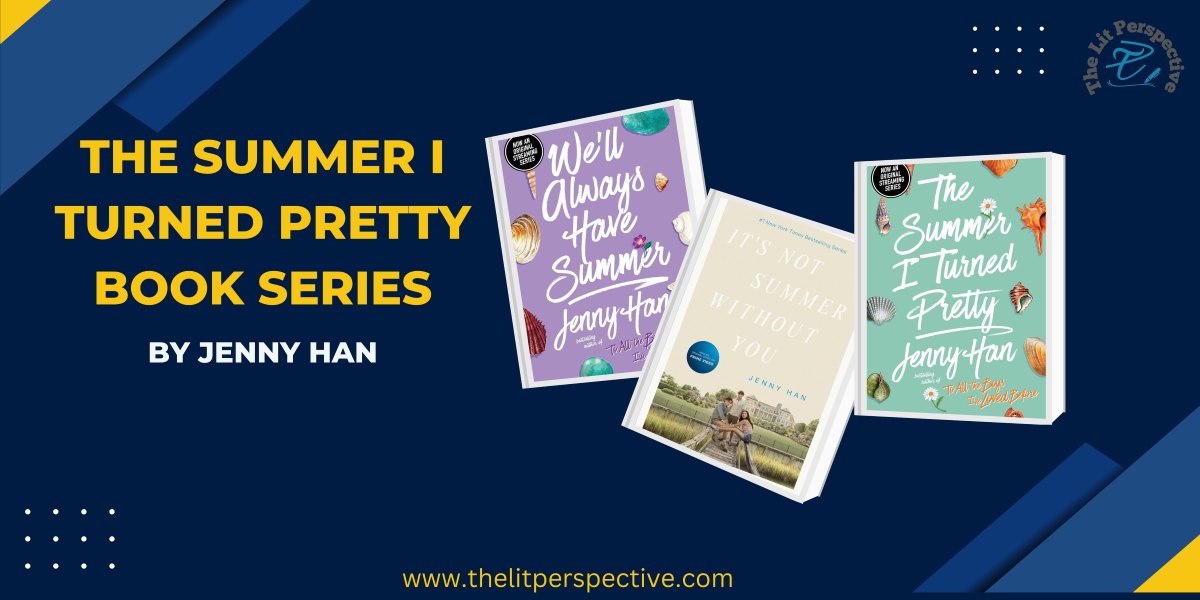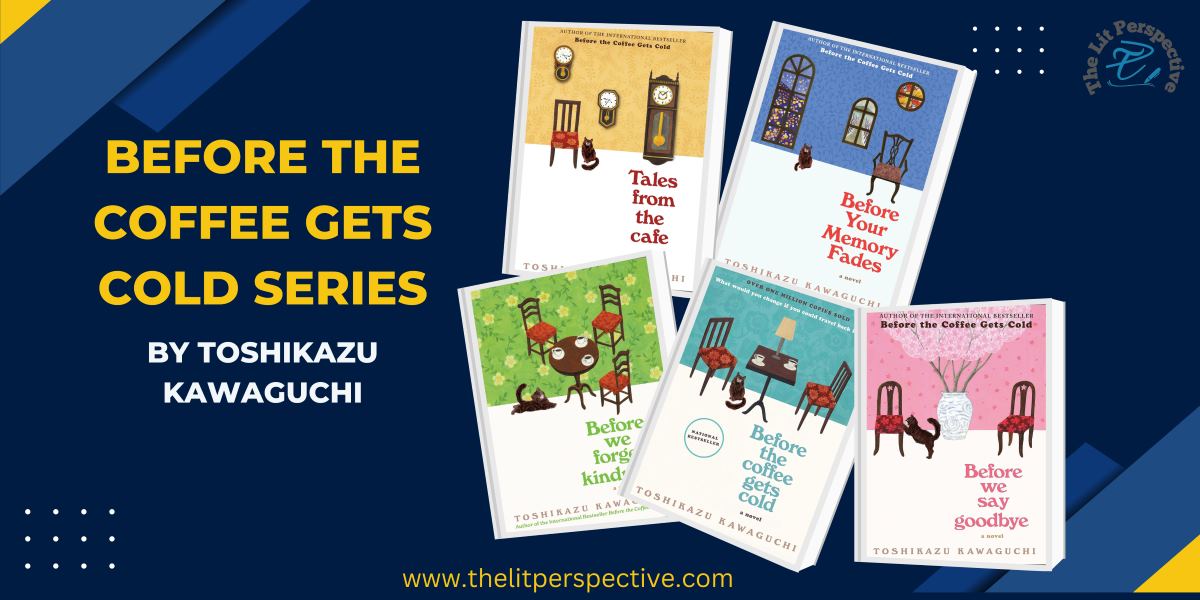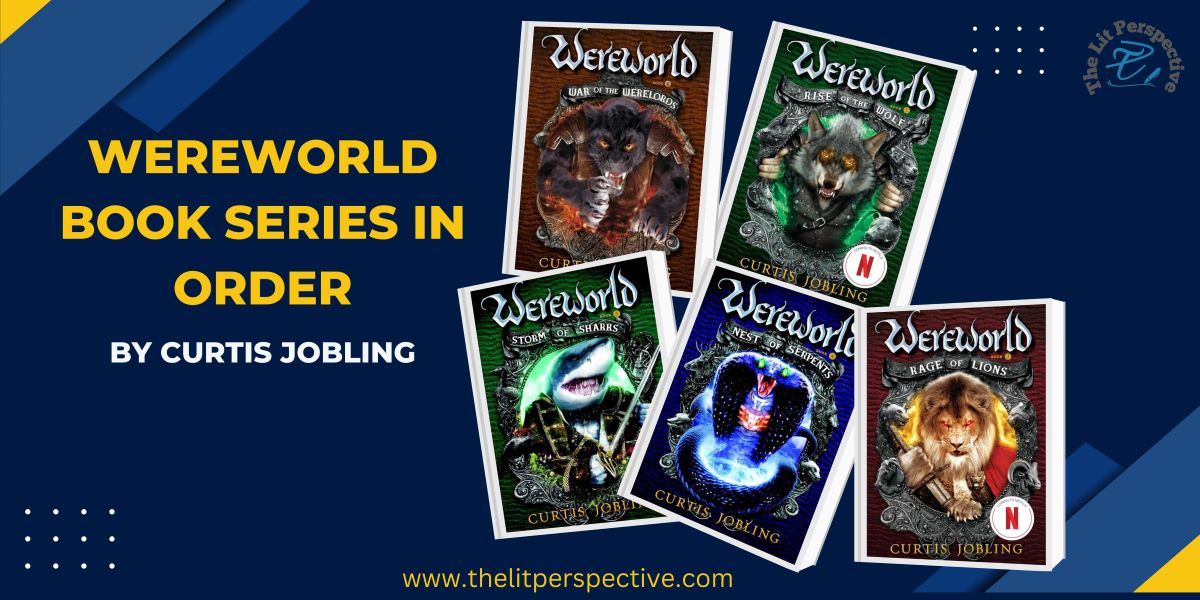TheLitPerspective is your one-stop shop for everything that ignites the spark of curiosity within you.
Going Beyond Skin | Teaching Children A Deeper Look

Photo by nappy
The media that a child consumes plays a very critical and pivotal role in shaping their perception of the world and of themselves. Children’s media offers a good source of comfort and wonder for young readers. It often is a foundation for how they build their self-esteem.
However, within the fantastical realms of children’s literature, there is an issue that is extremely persistent. That is the pervasiveness of rigid and traditional beauty standards.
While the focus has rightly shifted towards a more comprehensive inclusion and sensitivity to race and culture, one aspect remains severely underrepresented. It is still rare to see the celebration of the beautiful spectrum of human bodies.
A Deeper Look: The Problem with Fairytale Beauty
In this article, we advocate for another revolution in children’s media. There should be a transformative shift to embrace a wider range of physical depictions by moving beyond the binary of beautiful princess and handsome prince.
Children’s literature has the potential to become a powerful tool for fostering body positivity and self-acceptance among young readers, inspiring a new generation of authors, publishers, educators, and parents to create a more inclusive literary world.
Traditional fairytales, while enchanting, fill themselves with stereotypical descriptions. Protagonists are almost always beautiful, with flawless skin, flowing hair, and symmetrical features. This narrow portrayal of what people look like not only excludes children who don’t fit this mold but also sets unrealistic beauty standards.

Photo by Ben Wicks
Going Beyond Skin: The Power of Representation
Despite what people may tell you, children are actually incredibly adept at picking up on social cues. When they see characters who look like them–characters with glasses, wider noses, or frizzy hair–it validates their self-esteem and builds upon it. They see themselves reflected in the stories they love, which fosters a sense of self-acceptance and pride in what they look like.
Representation extends beyond physical characteristics and includes disabilities and body types that people have traditionally ignored. A child with a prosthetic limb who sees a character like them on the page feels less alone and more understood.
The How To’s of Going Beyond Skin
So, how can authors and publishers create a more inclusive world within children’s literature? Well, we’re not total experts in that field, but we do have some ideas:
- Character Traits. Instead of fixating on physical appearance, how about highlighting a character’s personality, talents, and strengths? A writer can describe characters as “brave,” “curious,” or “a loyal friend,” thereby shifting the focus to what truly matters: what they do rather than what they look like.
- Word Choice. There’s a whole world of words beyond just “beautiful” and “handsome.” Terms like “sparkling eyes,” “a warm smile,” or “freckles that danced across their nose” create vivid imagery that better celebrates individuality than single-word clichés.
- Diverse Bodies. Children come in all shapes and sizes. Including characters of varying heights, weights, and builds gives children a more realistic understanding of the range the human body has. It’s important to do this in a respectful and non-stereotypical manner.
- Disabilities as Part of the Narrative. Characters with disabilities can be heroes, too. Acknowledged their disabilities without being the defining aspect of their character.

Photo by Matheus Bertelli
Going Beyond Skin for Children
The call for more diverse physical descriptions in children’s media, particularly in literature, isn’t about promoting the superficiality of people. It’s about the creation and promotion of a world wherein children feel seen, valued, and beautiful under their own skin. Inclusivity is all about dismantling the narrow beauty standards perpetuated by fairytales and mainstream media.
By moving beyond the binary of beautiful princesses and handsome princes, children’s literature becomes a powerful tool for fostering body positivity and self-acceptance. Together, we can create a world where every child feels like they belong in the happily ever after.
Everyone, not just parents, teachers, and guardians, can play a crucial role in this journey by being more deliberate and cognizant of how others make media and by choosing and promoting diverse literature that celebrates the magnificent mosaic of human appearance.
A good example of children’s media that breaks the common consensus is The Dinglehopper Blueberry Belly-Button Snooter, a children’s book about physical appearances by Chris Cochrane!
Interested? CLICK THIS LINK to learn more about the book!
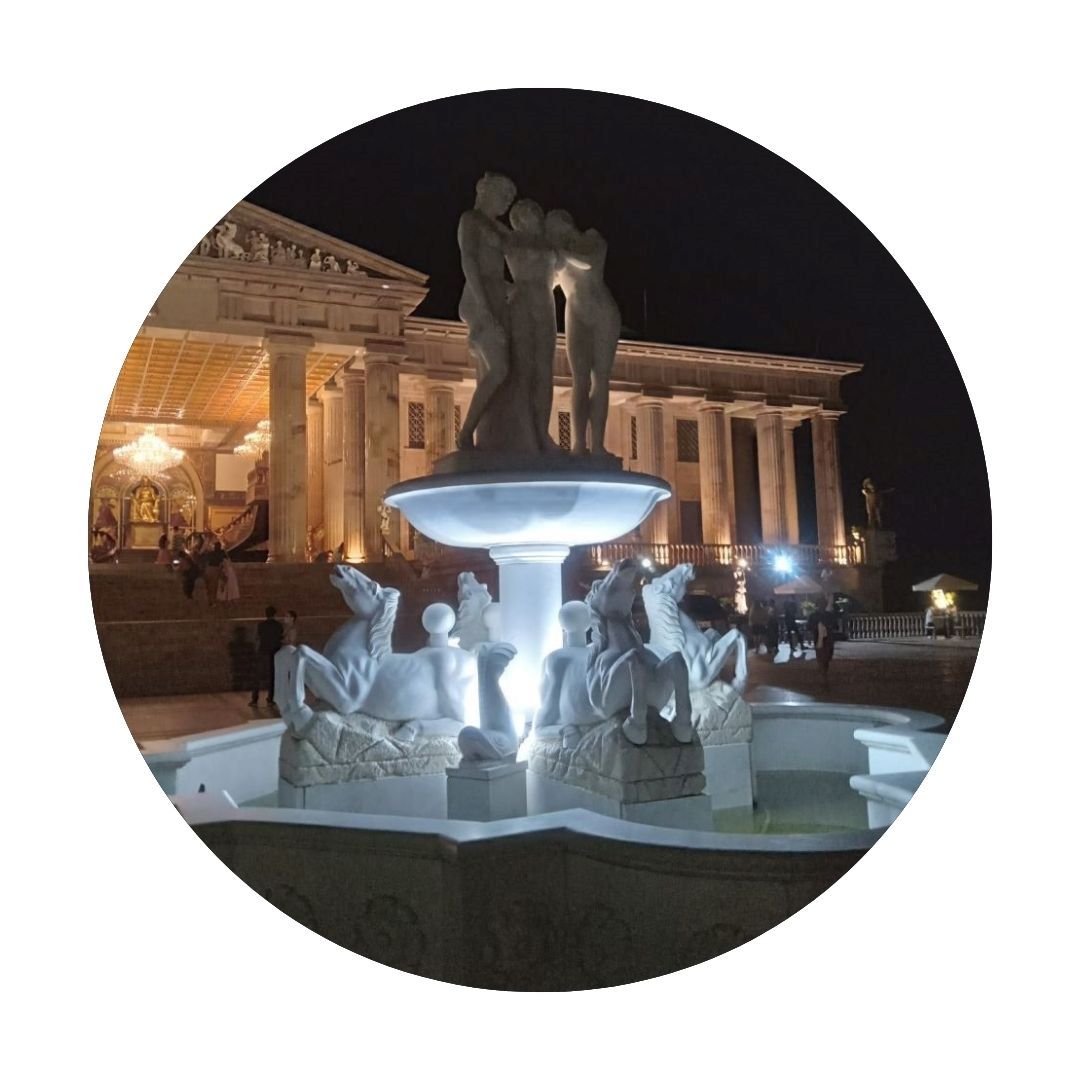
Alex is a writer with two modes: simple and wild. He’s equally at home going either way. He always has something to say and something to offer, even if it’s only after a few minutes of furious googling. He loves reading and writing random stuff in his spare time.
